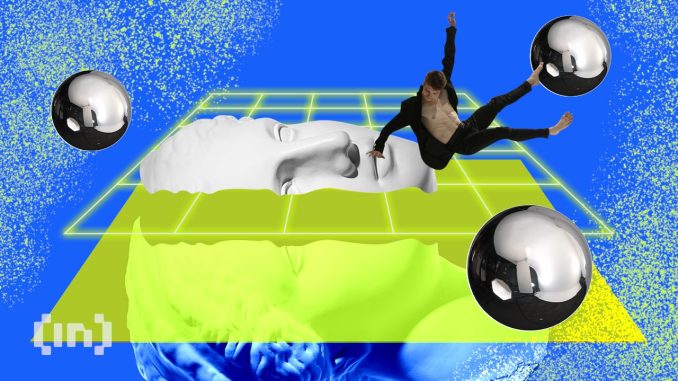
Less than a month after its launch, the Base network ascended to the list of top Ethereum Layer 2 (L2) blockchains, and it took just eleven days to register a million addresses—faster than any other L2.
So what’s behind Base’s meteoric rise? Certainly, the financial clout and brand recognition of the project’s initiator, Coinbase, have helped the new blockchain thrive. But the decision to forego any native token has also added to its appeal among certain users.
Rate of L2 Blockchain Adoption Spikes as Base Steams Ahead
In a recent comparison of L2 adoption rates, CoinGecko found that the time taken to reach a million users has been decreasing over time.
For example, Base hit the critical milestone in just 11 days. Yet, when Optimism launched back in January 2021, it took 191 days. Arbitrum, which went live later in September that year, took even longer, at 303 days.
Jump forward to 2023, and when the zKSynk Era mainnet was launched in March, it accumulated a million unique addresses in 71 days.
In the case of Base, the rapid influx of new users has helped the new chain eclipse its more established peers in terms of network activity.
Within days of its mainnet launch, Base was already the third most popular L2 for NFT transfers. And last week, its daily transaction volume briefly surpassed Optimism and Arbitrum.
Advantages of the Tokenless Model
As the CoinGecko report notes, one key difference between L2 launch events in 2021 and those in 2023 is that the former incentivized adoption with the lure of early access to network tokens. Meanwhile, the latter chains have built a sizable user base without their own native tokens.
If the previous generation of L2 blockchains used the hype of initial coin offerings as a springboard for success, the class of 2023 has relied on exactly the opposite model to generate traction.
For users, no native token means one less barrier to overcome. Without the additional step of swapping ETH for ARB, OP, MATIC, or any other Layer 2 coin, the new tokenless chains have created a more seamless user experience. For anyone familiar with Ethereum, transacting on Base or zKSync Era is an easy step to make.
Creating an Ethereum-Like Experience
It isn’t just the absence of separate token schemes that bring the new L2s closer to Ethereum. Both environments were designed to look and feel as much like the parent Layer 1 as possible. And over the years, scaling solutions have gotten dramatically better at emulating the features of the blockchain on which they are built.
This technical advance has benefits for everyday users and blockchain builders alike.
By default, smart contracts on both zKSync and Base are written in Ethereum’s native languages, Vyper and Solidity. In contrast, Rust is the native language for Solana smart contracts. Meanwhile, Starknet contracts use the relatively obscure blockchain programming language Cairo.
Of course, various code compilers and compatibility layers have been developed to ease translation between languages in the Ethereum ecosystem. But in general, the trend over time has been for ever-greater integration with the base layer blockchain.
The advantages of shortening the chain of translation between an L2 contract and its ultimate execution in Ethereum Virtual Machine (EVM) bytecode are twofold.
Firstly, it makes it easier for Ethereum developers to easily adapt to new L2 environments. Secondly, it means there are fewer components in play, thus minimizing the risk of bugs and reducing the overall complexity of L2 applications.
Disclaimer
In adherence to the Trust Project guidelines, BeInCrypto is committed to unbiased, transparent reporting. This news article aims to provide accurate, timely information. However, readers are advised to verify facts independently and consult with a professional before making any decisions based on this content.





Be the first to comment